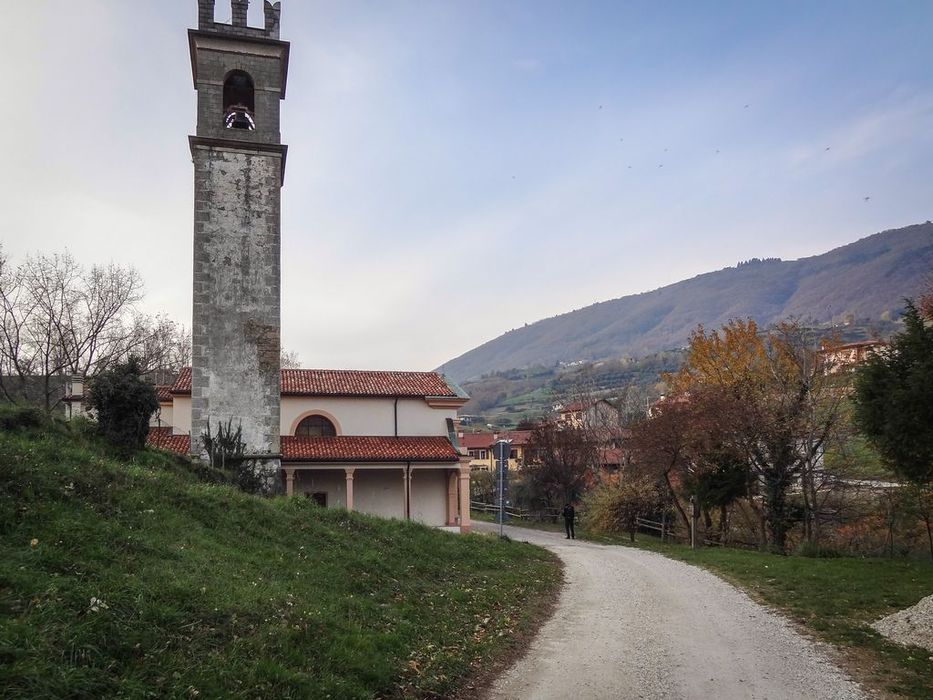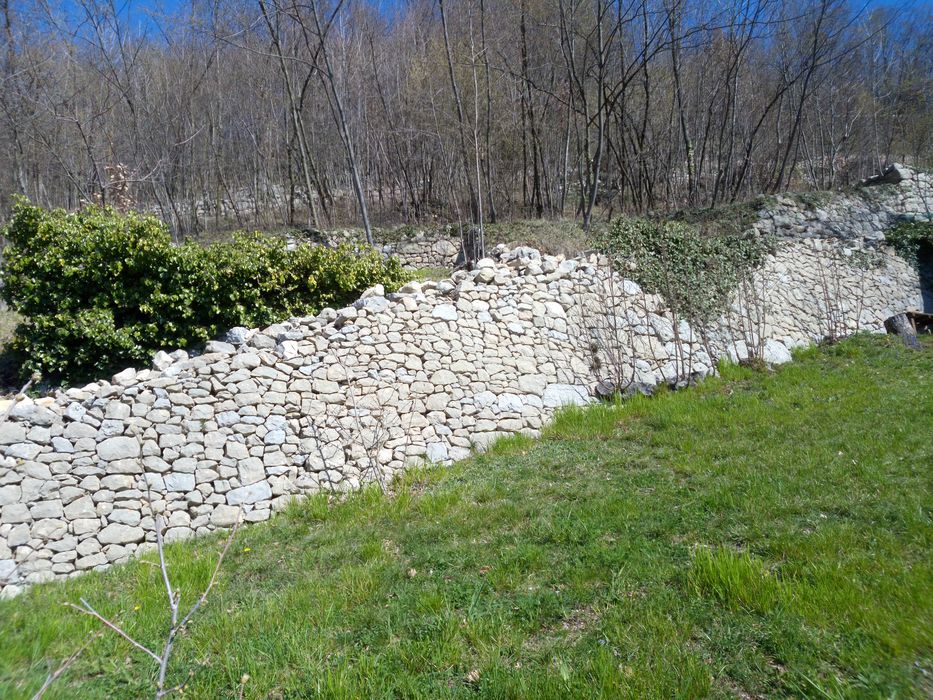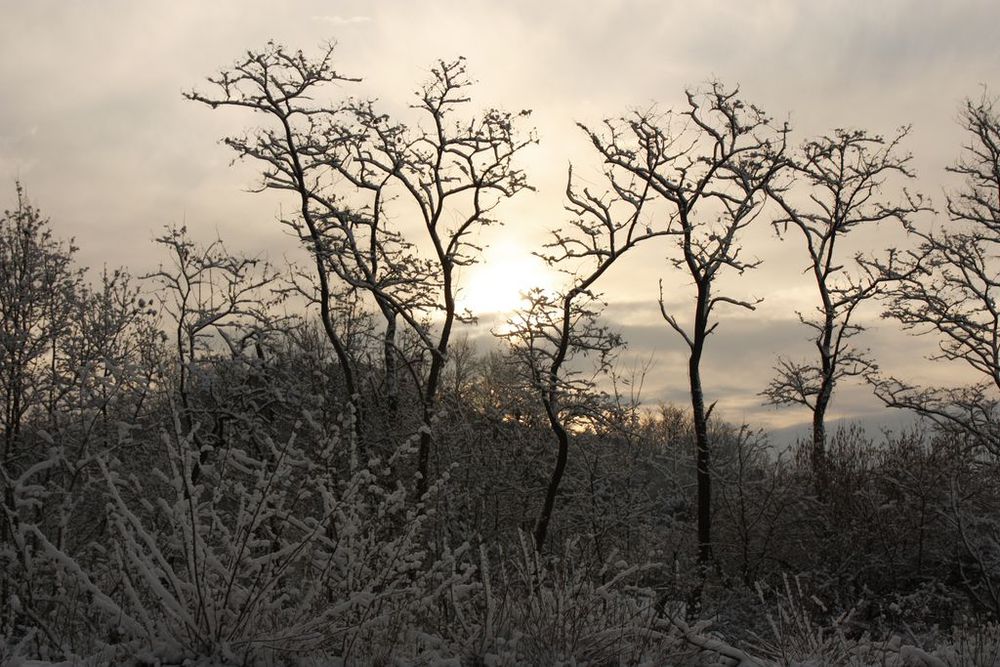To Visit The great masiere (dry-stone walls) of Val Costolo
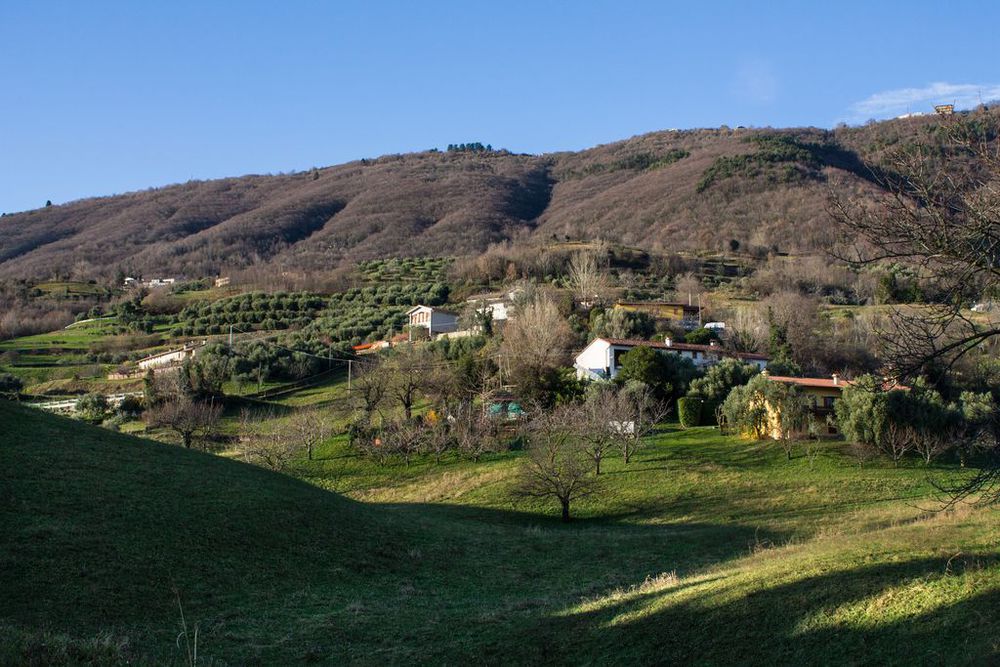
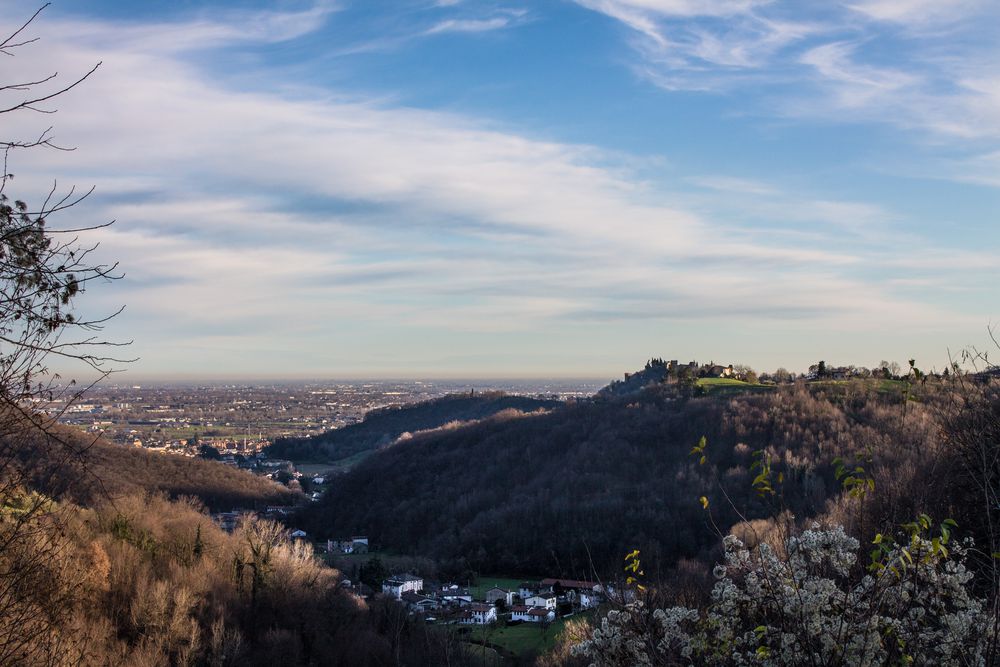
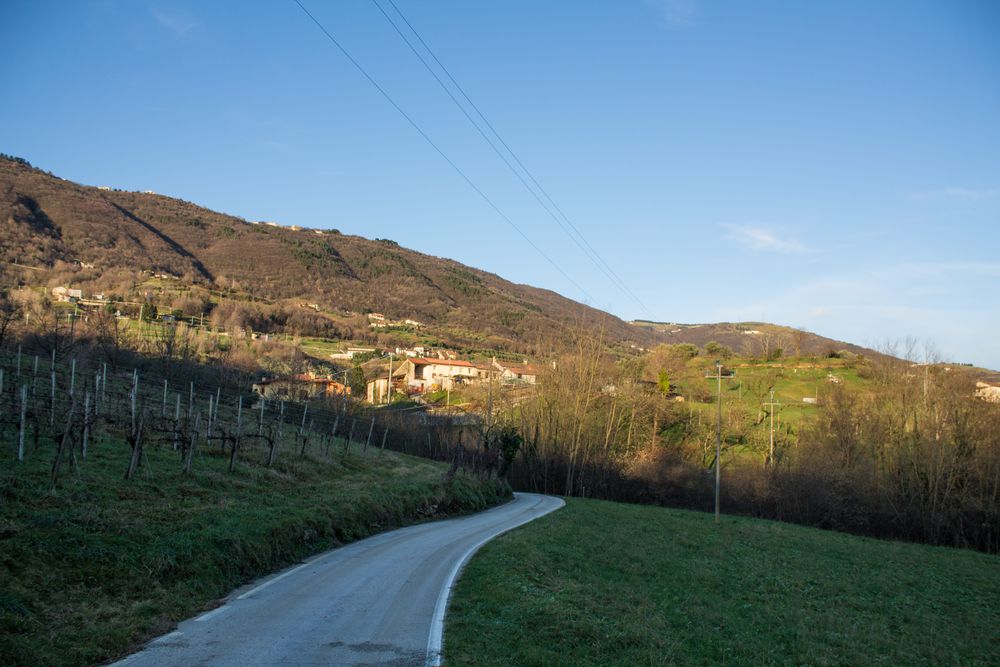
The route leads visitors to discover the inhabited areas that bear witness of life on the hillside: old and abandoned houses - some of them partially collapsed, others restored. This partially shows the desire and intent of people to stay in the place where they were born and grew up. After the last houses at Contrada Caribollo visitors can enjoy the panoramic view over Val d'Inverno to the west and the hamlet of Vallonara to the east.
Average duration: 1 hour 45 minutes
Length: 4 km
Difference in height: 35 mt
Other routes: Route 2: From ancient convents to a natural jewel: Gorghi Scuri
The itinerary begins at the Sanctuary of the Madonna di Loreto ai Capitelli (1769), where a convenient car park is located next to the sanctuary. Leaving the car park, turn right, go up via Capitelli and walk by the former elementary school. As the road is uphill, care must be taken in this stretch of the route. A depression on the hill is visible on the right hand side of the road. Once at the provincial road of Rameston, take it and follow it for about a hundred meters downhill (be careful when crossing it: this is a high traffic road with no sidewalk!). The next stop is at the entrance of via Caribollo at number 31. The environment here is characterized by the slopes facing south in the first section and facing east in the next section. This is due to the fact that the route winds inside a valley that originates from the hamlet of Crosara and descends towards the south-east: the name of this valley is Valle del Costolo. After running through the narrow Valle Lasta valley, the road continues slightly downhill: the characteristic high masiere (dry-stone walls) are visible on the right - some are actually hidden by vegetation, but others are quite clearly visible. Go straight on until the first group of houses in Contrà Canova. A last mild ascent leads to Contrà Caribollo Alto, which develops along the street bearing the same name. The Enel tower/station is the end of the journey and visitors can return to the starting point taking the same route back so that they have the opportunity to observe the environment of the dry-stone walls from different angles.
In this route
Accomodation
-
Hotel La Rosina
Contrà Marchetti, 4 - Marostica
Vedi i dettagli -
Fattoria TogoNegro
Via Caribollo, 81 - Marostica
Vedi i dettagli -
A Casa mia
Via Ca' Brusà, 23 - Marostica
Vedi i dettagli -
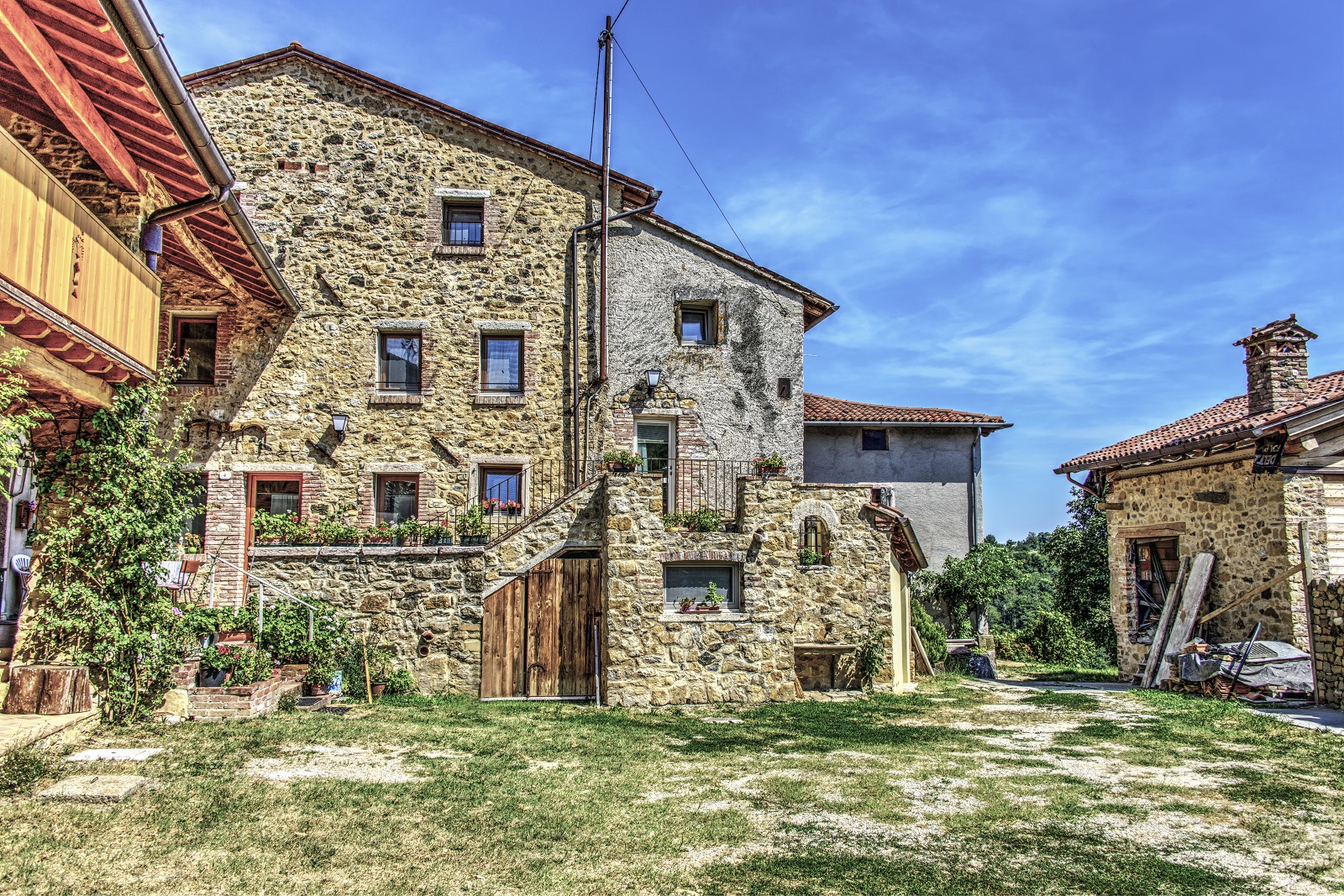
Agriturismo Antico Borgo
Via Marosi, 4 - Marostica
Vedi i dettagli -
Agriturismo Al Ciliegio
Via Val Bella Alta, 5 - Marostica
Vedi i dettagli -
Agriturismo Ai Marosi
Via Marosi, 2 - Marostica
Vedi i dettagli -
Al Santuario -Ai Capitei
Contrà Capitelli, 7 - Marostica
Vedi i dettagli -
Bistrot 59
Via Sisemol, 59 - Marostica
Vedi i dettagli -
Da Rossi
Via Consagrollo, 69 - Marostica
Vedi i dettagli -
La Rosina
Via Marchetti, 4 - Marostica
Vedi i dettagli -
Da Agnese
Via Pedalto, 23 - Marostica
Vedi i dettagli -
Al ciliegio
Via Val Bella, 5 - Marostica
Vedi i dettagli -
Dalla Zita
Via Cà Brusà, 5 - Marostica
Vedi i dettagli
